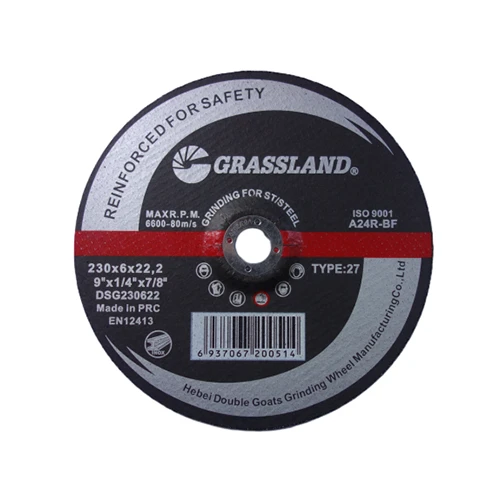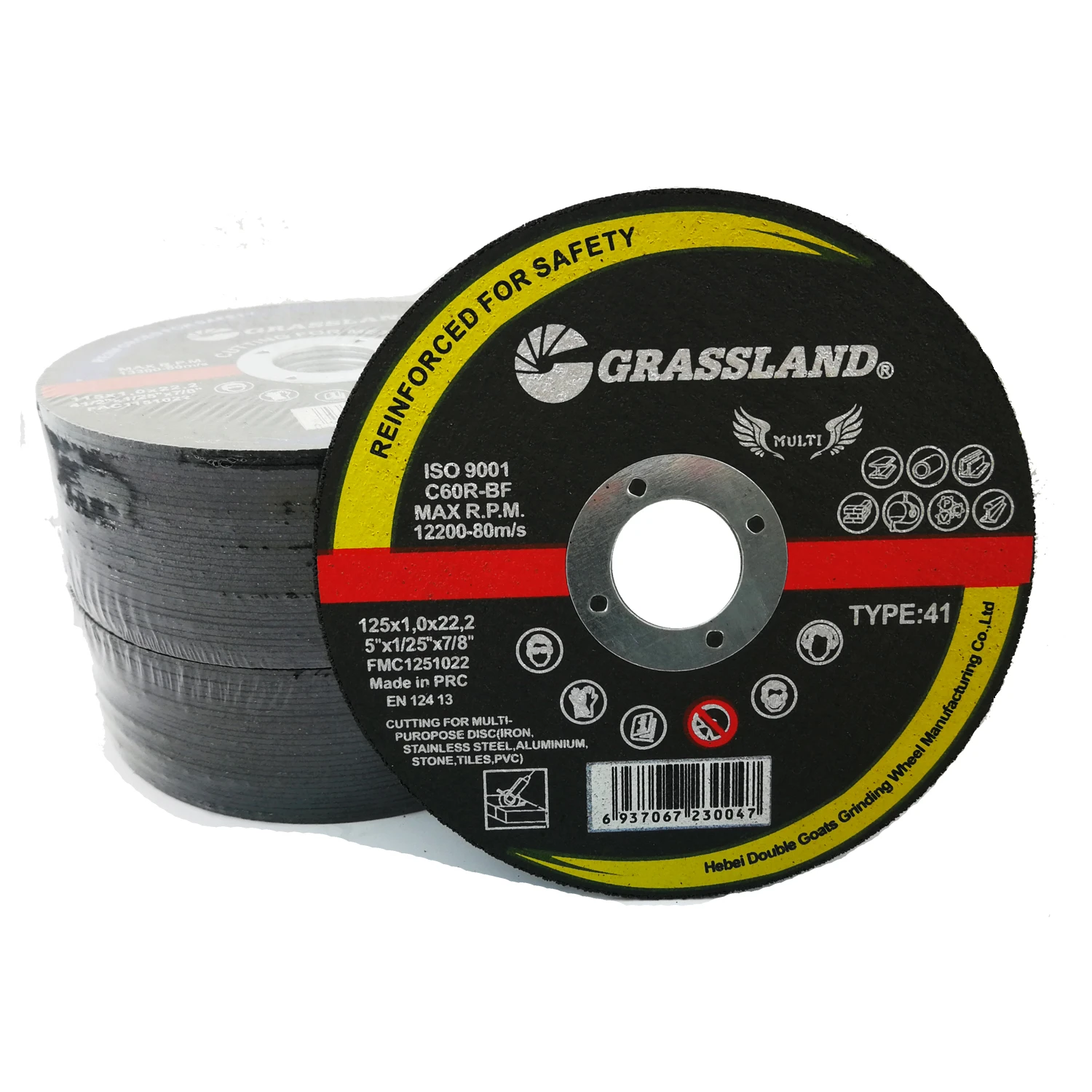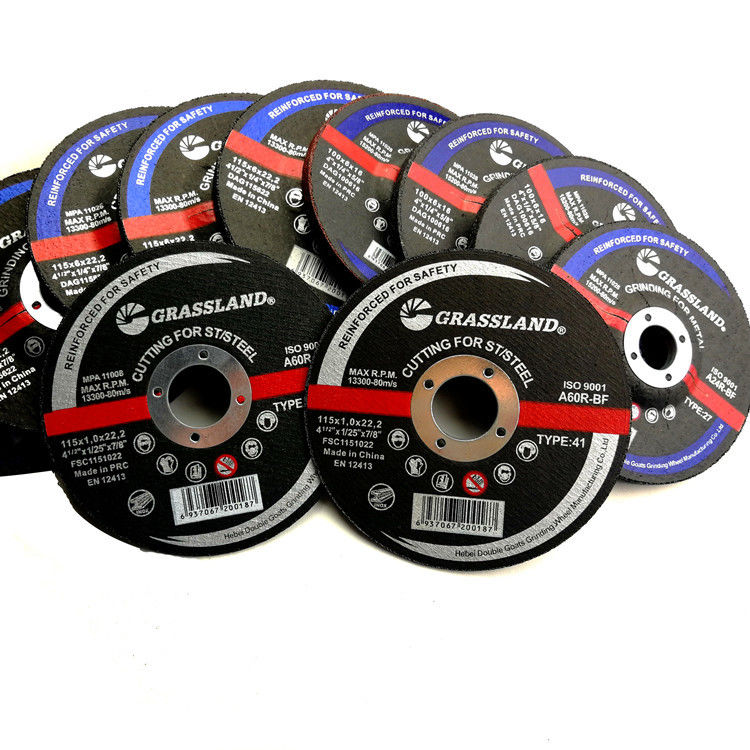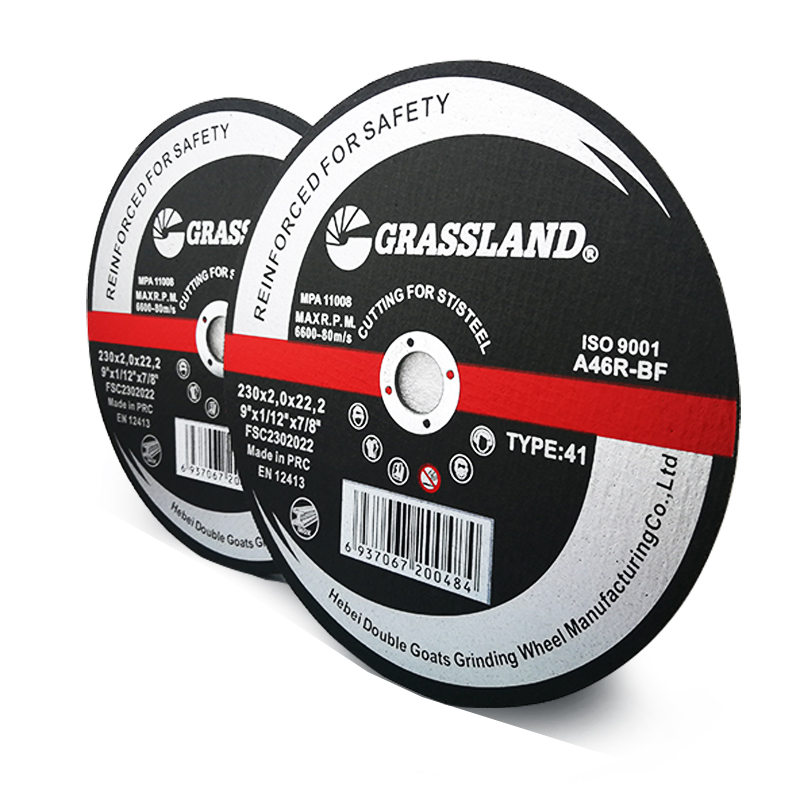Understanding the Cost of 115% Cutting Discs Factors Influencing Prices
In industries that demand precision and efficiency, cutting discs play a pivotal role in various applications, from metalworking to construction. Among the many varieties available, the price of cutting discs can vary, with some products being advertised at 115% of a standard price. Understanding why these prices fluctuate and what factors influence the cost can help buyers make informed decisions.
The Basics of Cutting Discs
Cutting discs, also known as cutting wheels or cutting blades, are tools used for slicing through materials such as metal, concrete, and ceramics. They are typically mounted on electric or pneumatic grinders and come in various sizes and specifications. Their construction often involves a combination of abrasives, resins, and reinforcing materials that enhance durability and cutting efficiency.
Price Components
The price of a cutting disc can often exceed the basic market rate due to several key components
1. Material Quality The quality of materials used in manufacturing cutting discs significantly affects their cost. High-quality abrasives such as aluminum oxide or zirconia are generally more expensive but offer superior performance and longevity compared to lower-grade materials.
2. Manufacturing Processes The technology and processes employed in producing cutting discs can also influence pricing. Advanced methods that ensure precision and enhance the structural integrity of the disc often come with higher production costs, which are then passed on to the consumer.
3. Brand Reputation Established brands that have built a reputation for reliability and performance often charge a premium for their products. Buyers may be willing to pay 115% of the standard price for a disc from a trusted manufacturer, anticipating better performance and fewer failures.
4. Disc Specifications Cutting discs come in various specifications, including thickness, diameter, and type (e.g., type 1 or type 27 discs for different applications). Disc specifications that allow for increased cutting speed or longer operational life typically command higher prices.
115 cutting disc price

5. Market Demand and Supply The dynamics of supply and demand can cause fluctuations in prices. In situations where a particular cutting disc is in high demand but has limited availability, suppliers may raise prices above the typical market value, sometimes reaching 115% or more.
6. Distribution and Logistics The costs associated with shipping, handling, and storing cutting discs can also be reflected in their market prices. Distributors that serve remote or hard-to-reach areas may charge more, impacting the final price paid by the end user.
The Value Behind the Price
While a price tag that is 115% of the norm may initially seem steep, it is important for purchasers to consider the value behind the investment. Higher-priced cutting discs often mean better efficiency, increased safety for operators, and a lower likelihood of breakage, which can save costs in the long run.
Moreover, the durability of high-quality discs translates to fewer replacements, ultimately reducing overall expenses for businesses that rely on these tools for their manufacturing or construction processes.
Navigating the Market
When navigating the cutting disc market, buyers should do their research and evaluate offers based on performance and not just price. Comparing specifications, reading user reviews, and consulting with industry professionals can provide insights that help justify a higher price point.
In some cases, investing in a higher quality cutting disc priced at 115% or more may lead to significant cost savings by enhancing productivity and reducing material waste.
Conclusion
The landscape of cutting disc pricing is influenced by various factors including material quality, production techniques, brand reputation, and market conditions. While a price that is 115% of the basic market rate may initially seem excessive, it can very well reflect the enhanced value and performance that may be critical for specific applications. Understanding these dynamics can empower buyers to make better purchasing decisions and ultimately improve their operational efficiencies. As industries continue to evolve, staying informed about the best tools and their pricing strategies becomes ever more essential for success.
Post time:Oct - 14 - 2024

















